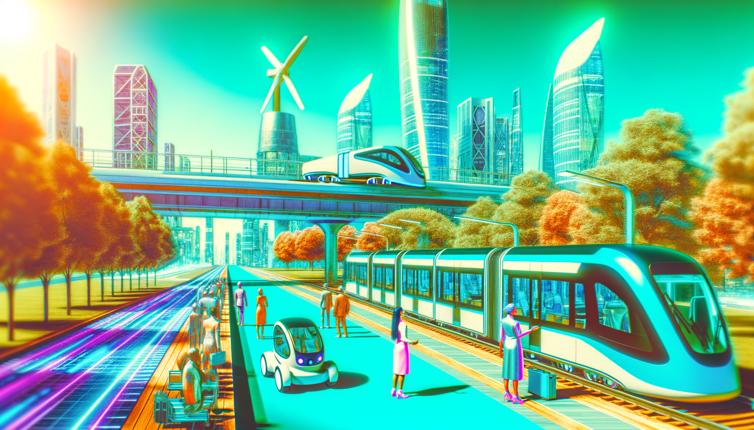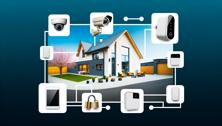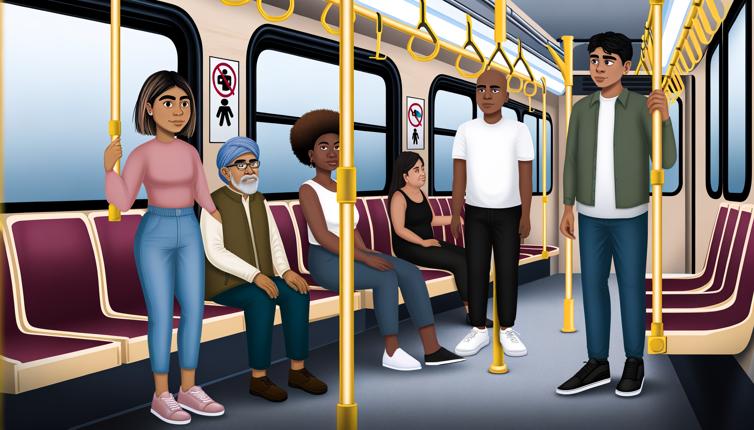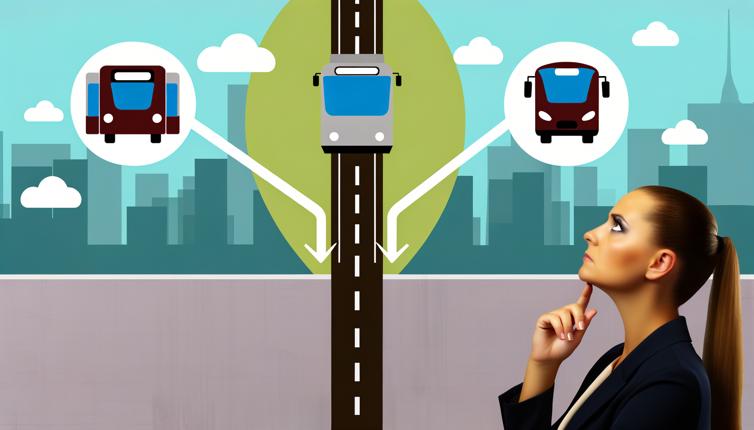1. Autonomous Vehicles
One of the most anticipated developments in public transportation is the widespread use of autonomous vehicles. These vehicles are equipped with advanced sensors and artificial intelligence systems that enable them to operate without human intervention. With autonomous vehicles, we can expect improved safety, reduced traffic congestion, and increased efficiency in public transportation systems.,Several cities around the world have already started piloting autonomous buses and taxis. These vehicles can adapt to changing traffic conditions in real-time and choose the most efficient routes, ultimately reducing travel time for passengers. As the technology continues to evolve, we can expect to see more autonomous vehicles on the roads, transforming the way we commute.
2. Electric and Sustainable Options
As the world becomes more conscious of the environmental impact of transportation, there is a growing focus on electric and sustainable options for public transportation. Electric buses and trains are already being deployed in many cities, reducing carbon emissions and improving air quality. In the future, we can expect to see a shift towards fully electric public transportation systems, powered by renewable energy sources.,Furthermore, the integration of other sustainable options such as bicycles and scooters with public transportation networks is gaining popularity. Bike-sharing and scooter-sharing programs allow passengers to easily access the first and last mile of their journey, complementing traditional modes of public transportation. These initiatives not only reduce congestion but also promote a healthier and more sustainable way of travel.
3. Hyperloop and Maglev Trains
The concept of high-speed transportation has always fascinated people, and we can expect to see significant advancements in this area. Hyperloop, a proposed mode of transportation that uses pods to travel through low-pressure tubes at incredibly high speeds, has garnered attention from innovators worldwide. Hyperloop systems have the potential to transport passengers at speeds exceeding 700 miles per hour, drastically reducing travel times between cities.,Similarly, magnetic levitation (maglev) trains use magnetic forces to propel the train above the track, eliminating friction and allowing for higher speeds. Maglev trains are already in operation in countries like Japan and China, and future developments may see these trains connecting distant cities in record time.,Both hyperloop and maglev trains offer a glimpse into the future of long-distance public transportation, where travel times will be greatly reduced, and connectivity between cities will be enhanced.
Conclusion
The future of public transportation is filled with exciting possibilities. With advancements in autonomous vehicles, electric options, and high-speed transportation, we can expect safer, more sustainable, and efficient public transportation systems. These innovations will not only transform the way we travel but also contribute to reducing traffic congestion and environmental pollution. As we embrace these changes, the future of public transportation holds the promise of a better-connected and more accessible world.









